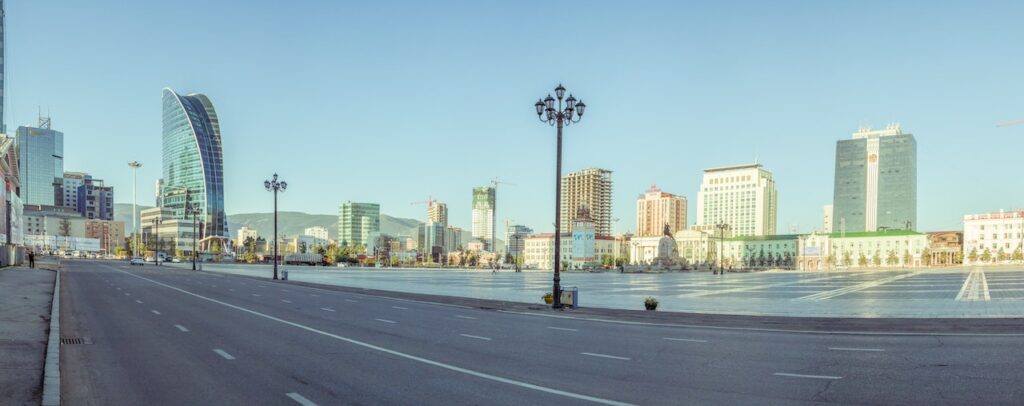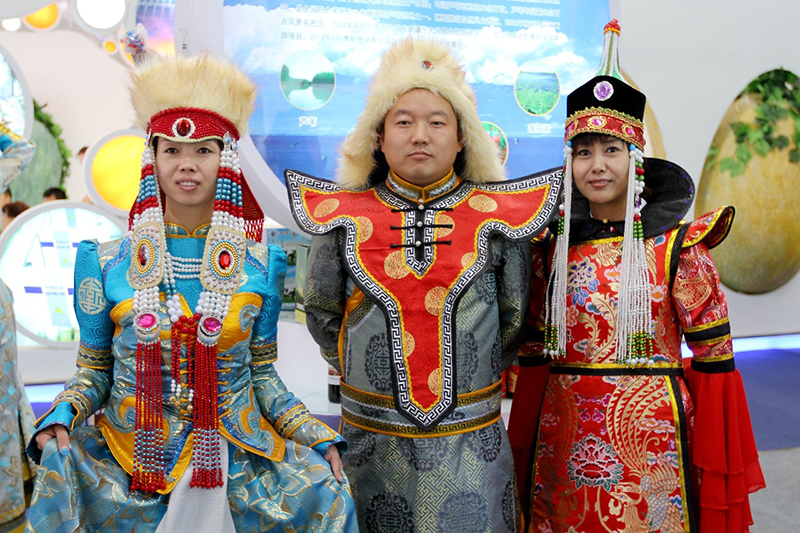In Mongolia, a country known for its sweeping landscapes and nomadic way of life, respect for nature is deeply ingrained in societal values. The Mongolians view the natural world as a sacred entity, not merely a resource to be exploited.
The Nomadic Lifestyle in Modern Mongolia

Indeed, even today, the nomadic way of life continues to flourish in Mongolia, albeit at a reduced scale compared to the past. Many older Mongolians still lead (semi-)nomadic lives, moving with their herds with the changing seasons. However, the allure of urban life and the challenges posed by climate change are compelling a growing number of Mongolians, especially the new generation, to abandon their nomadic traditions in favor of settling in cities. Despite these changes, the essence of the nomadic culture remains a central part of the Mongolian identity. An estimated 25-40% of Mongolians still live a nomadic or semi-nomadic lifestyle, a testament to the resilience and enduring appeal of this millennia-old tradition.
Nomadic Tribes in Mongolia & Population

In Mongolia, the nomadic lifestyle is primarily associated with two prominent tribes: the Khalkha and the Kazakhs. The Khalkha represent the majority of Mongolian nomads, accounting for almost 86% of the country’s population. The Kazakhs, on the other hand, comprise around 4% of the population.
The Khalkha
The Khalkha, the largest ethnic group in Mongolia, are known for their traditional Ger tents and their dependence on five types of animals – horses, cattle, camels, sheep, and goats.
The Kazakhs
The Kazakhs, primarily residing in Western Mongolia, are renowned for their extraordinary skill in hunting with golden eagles. The tribes, with their distinct traditions, customs, and methods of survival, represent the crux of Mongolia’s nomadic culture. Despite the encroachment of modernity, these tribes strive to preserve their age-old customs, providing a living link between Mongolia’s past and present.
Nomadic Herding

This deep-seated respect for the environment is evident in several aspects of Mongolian life. The traditional Mongolian lifestyle of nomadic herding demonstrates a symbiotic relationship with the land. The herders move their livestock with the seasons, allowing the land to regenerate, thus maintaining the delicate balance of the ecosystem.
The frequency and distance of movement among Mongolian nomads is often directly proportional to the size of their livestock herds. Those with larger herds tend to move more, and over greater distances. This is primarily due to the need for abundant, fresh pasture to sustain the large number of animals. Overgrazing a particular area could lead to degradation of the land, disturbing the delicate ecological balance. Hence, constant movement helps to prevent this, serving as a form of natural resource management, by allowing the grasslands time to recover and regenerate. In this manner, Mongolian nomads exhibit a practical and sustainable approach to inhabiting their harsh, yet beautiful environment.
Respect for Nature & Rituals
Moreover, Mongolians have a multitude of customs that stem from their respect for nature. For instance, they avoid stepping on the threshold when entering a ger (a traditional Mongolian tent) as it’s seen as a sign of disrespect to the earth. Similarly, sacred mountains and rivers are treated with reverence, and it’s considered disrespectful to leave any form of garbage or pollutants in these areas. The harmony between the Mongolian nomadic lifestyle and nature is further reflected in various rituals, which are deeply intertwined with their environmental beliefs.
Ovoos
One of the most revered rituals is the ‘ovoo’ worship. Ovoos are sacred stone piles often found on high peaks and passes, and they are central to Mongolian spiritual customs. Nomads circle around these stone heaps three times in a clockwise direction, tossing a rock into the pile each time for good fortune and to pay respects to the deities protecting the nature.
Fire Ceremony
Further, the ‘fire ceremony’ or ‘gal toh’ is another significant ritual, where a sacred fire is lit to honor the spirits and deities of the sky and earth. During these ceremonies, Mongolians express their gratitude for the natural world’s bounty and hope for blessings for their future. The fire ceremony is a symbol of purification, meant to cleanse the environment and the individuals participating in the ritual.
Airag Making
Equally noteworthy is the ritual of ‘airag making’, where mare’s milk is fermented in a traditional leather bag known as a ‘khokhuur’. This process, which takes place in the summer, is a time of celebration and is deeply ingrained in the Mongolian nomadic culture. The airag making ritual is not just about producing a refreshing drink for the hot season, but it is also a way to honor the livestock and the natural world that sustains them.
Climate Change

In recent years, the impact of climate change has increasingly threatened Mongolia’s landscapes and traditional way of life. However, the Mongolian people’s innate respect for their environment continues to drive conservation efforts, underpinning the country’s approach to sustainable development.
The impact of climate change in Mongolia cannot be understated. With a warming rate of nearly 2.5 times the global average, the country’s fragile ecosystems and the nomadic way of life they support are under significant threat. Harsher winters, known as “dzud,” are becoming more frequent, leading to massive livestock losses and exacerbating rural poverty. The warmer temperatures are also causing Mongolia’s pristine glaciers to melt at an alarming rate, threatening freshwater supplies. Moreover, the increasing frequency and severity of both droughts and floods are leading to widespread desertification, reducing available grazing lands and making it difficult for herders to sustain their nomadic lifestyle. Despite these monumental challenges, the resilience of the Mongolian people and their profound respect for the environment serve as a beacon of hope in the fight against climate change.
In conclusion, Mongolia’s culture offers a profound demonstration of symbiosis between humans and nature. It presents a unique perspective that could hold valuable lessons for the rest of the world, particularly in these times of environmental challenges.


No Comments